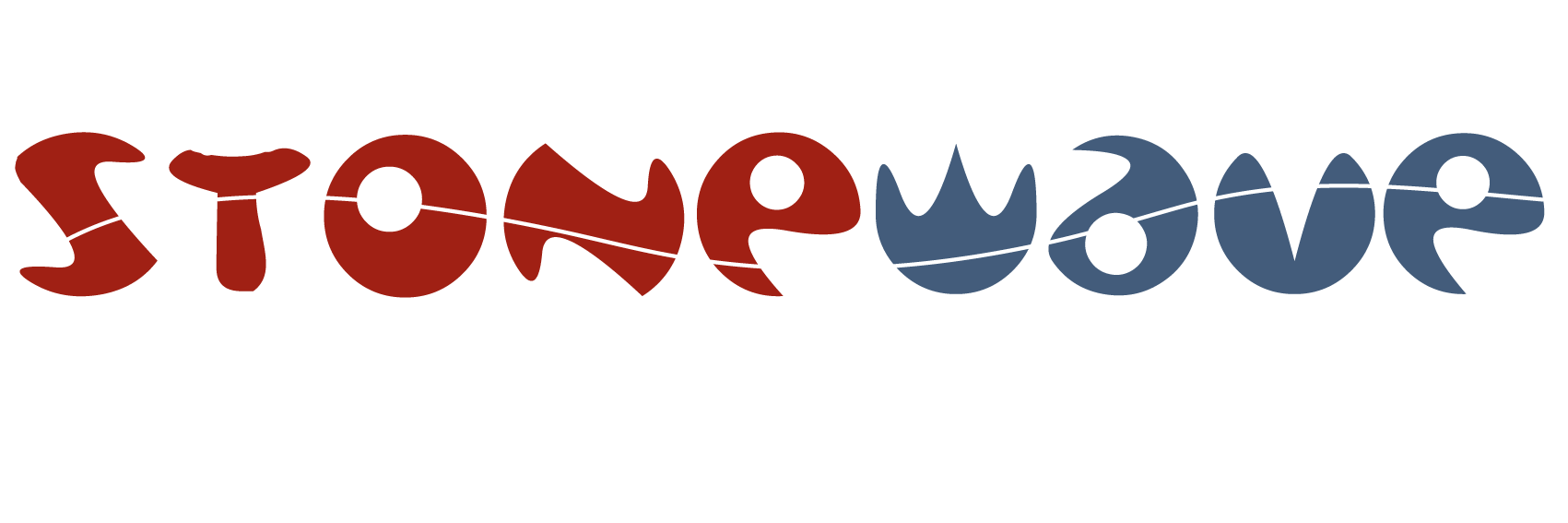The sound of the drum is as fundamental to us as our own heartbeat
Taiko is the Japanese word for ‘drum’.
Wadaiko is the art of Japanese drumming
Wadaiko combines rhythm, movement, and spirit
The sound of the taiko could be heard as part of everyday Japanese life for hundreds, perhaps thousands, of years. It’s origins lie deeply embedded in Japanese culture, it’s history and mythology, In the past 50 years wadaiko has evolved into a dynamic and expressive contemporary performance art and has spread internationally with the formation of thousands of amateur and professional groups. Traditionally taiko are played as part of social activities in local communities, to accompany the celebrations of various aspects of life for all folk, season to season and birth to death.
Taiko mimic the sounds of animals, wind, ocean, thunder, or fire in attempts to please or appease the gods. In traditional Japanese Kabuki and Noh theater, taiko play a central role in the orchestra to create dramatic effect, accompany the action and provides musical underscoring. Taiko create soundscapes that place the actors in the mountains, at a seashore, in a lonely castle garden.
The beats of the drum carry prayers to the heavens
Taiko appear in Japanese myths of origin involving the sun goddess Ameterasu. The sound of taiko transcend the borders between the human and the divine with the deep resonant sound of the taiko used in both Shinto and Buddhist religious ceremonies. In pre-industrial times itt was believed to be the only earthly sound that could reach the attention of the gods and ancestral spirits. The beats of the drum carry the peoples prayers to the heavens. The booming sound of the taiko is akin to the voice of the Buddha. Taiko were also used, to tell the time and send out messages.
The distance one could hear a taiko drum from the village’s temple determined a town’s borders. The bigger the drum… the larger the territory!
Combined with song, instrumental music and dance- drumming was used in village celebrations and rituals. For instance, at rice planting time drums and dances were used to scare away insects and to call on the rain. Other festivals are performed to ask for good weather, bountiful harvests and good health. Nearly every region in Japan has it’s own unique festival (Matsuri). During these boisterous events the taiko, singing, dancing and flute playing aims at coaxing the gods to mingle and play within the community.
Historically, most villages would often only have a few drums, and so the traditional festival styles of drumming are often more repetitive and ritualistic and less concerned with showy stage entertainment. They utilised a small number of people playing at once with everyone taking turns to keep the rhythm going throughout the duration of the festival (which could be days!) The festival drummers would usually be volunteers and the knowledge of the songs was passed down through families.
From religious rite to art. focusing on the unique and beautiful aspects of Japanese culture
The development of wadaiko into a performing art rather than a religious rite has occurred largely in the post war period. Japan was undergoing a cultural resurgence focusing on the unique and beautiful aspects of Japanese culture rather than the previous focus on military power. What emerged is a contemporary styled called kumi-daiko, or ensemble-style playing. Kumi –daiko involves a disciplined group of well syncronised drummers.
A variety of drums of different sizes were employed to provide a wider range of pitch and tone. Drawing on contemporary jazz drumming techniques and an emphasis on speed, power the highly elaborate movement and smoothness of form the energetic kumi –daiko style blends traditional music martial arts and dance
Much of the movement and form used in wadaikois drawn from the martial arts, festival dances and movements of everyday life, such as planting rice, hauling fishing nets, pushing a cart, bowing in prayer.
Wadaiko is international in its outlook
Wadaiko it is on its way to becoming a truly international musical form. Drawing deeply from its Japanese roots while embracing the influences of other cultures. it is truly international in its outlook. In recent times a growing professionalism and the appearance of taiko on the concert hall stages, in unique musical collaborations and thatrical settings has seen it transcend it’s regional roots to become a global phonomenon in world music.
Stonewave taiko’s particular approach to wadaiko owes a great deal of work over the past four decades of contemporary Japanese taiko performers Ondekoza, Kodo and Eitetsu Hayashi and the ground breaking efforts of those in Australia – TaikOz, and YuNiOn.
Mind, body, spirit and community — come together as one with the drum — to beat in time with the rhythm of the earth
At the heart of matter is to play the drum so as to give voice to ones spirit and to give expression to our community. Through playing the drum we connect deeply to a sense of spirit that reverberates through time and connects us to each other and mother earth.
